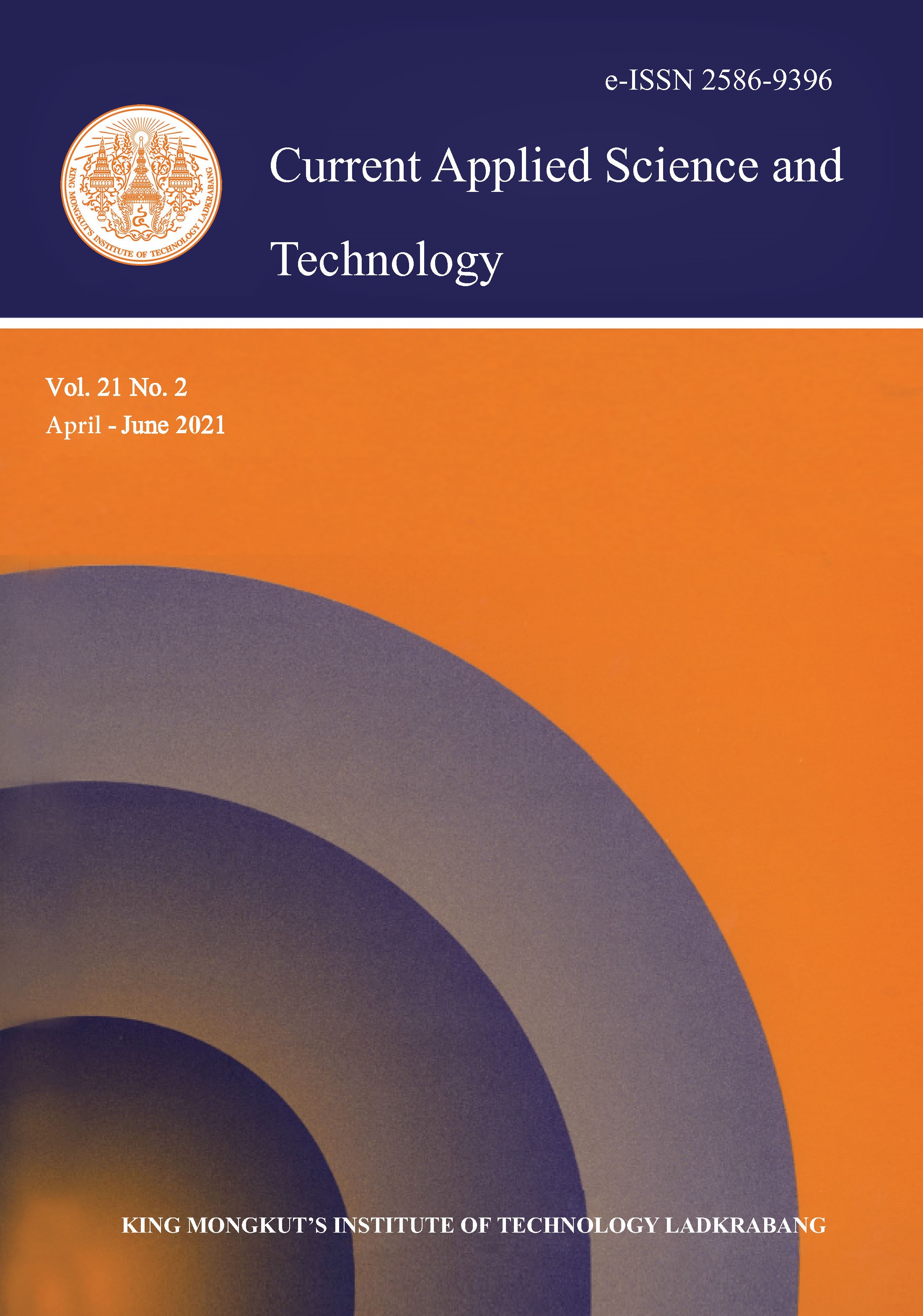Rocket (Eruca sativa) is a domesticated plant species that is commonly eaten in salads and known to provide health benefits because of the high levels of glucosinolates, flavonols, and other compounds. Hairy root cultures (HRCs) are effective biotechnological tools for biosynthesis of secondary metabolites under various growing conditions. HRCs of rocket were treated with growth media of half-strength and full-strength Murashige-Skoog (MS) media, Gamborg’s B5 medium, and Schenk and Hildebrand (SH) medium and auxins to evaluate the growth response and the accretion of glucosinolate. The growth pattern of the hairy roots varied extensively under the different media and auxin treatments; the highest and the lowest fresh weights were recorded in HRCs grown under full-strength SH and half-strength MS media, respectively. Treatment with NAA at 1.0 mg/l produced the highest hairy root fresh weight, followed by the treatments with IAA 0.1 mg/l and IBA 1.0 mg/l. The MS media induced the highest glucosinolate accumulation, followed by B5; all media enhanced the production of glucosinolates but auxins treatments (exception for glucoerucin) did not positively enhance the production of glucosinolates. Total glucosinolate levels were increased 1.7, 1.68, 1.33, and 1.26 fold in full-strength MS, half-strength MS, half-strength B5, and B5, respectively. These findings indicated that hairy root production and glucosinolate accumulation did not follow the same trend. Although SH media and NAA 1.0 slightly enhanced hairy root production, full-strength MS media induced higher amounts of glucosinolate, and auxin treatments did not increase the accumulation of glucosinolate. We therefore propose that MS media, regardless of additional treatment, provides a valuable alternative approach for the mass production of hairy root cultures and glucosinolates in rocket.
Keywords: glucosinolates; growth media; auxin; hairy root; rocket salad
*Corresponding author: Tel.: +82-10-8610-6739; Fax: +82-61-555-1260
E-mail: seedbank@chosun.ac.kr
Park, S. U. undefined. ., Kim, N. S. undefined. ., Bong, S. J. undefined. ., & Lee*, S. Y. undefined. . (2020). Response of Culture Media and Auxin on Growth and Glucosinolate Accumulation in the Hairy Root Cultures of Rocket (Eruca sativa). CURRENT APPLIED SCIENCE AND TECHNOLOGY, 370-382.
